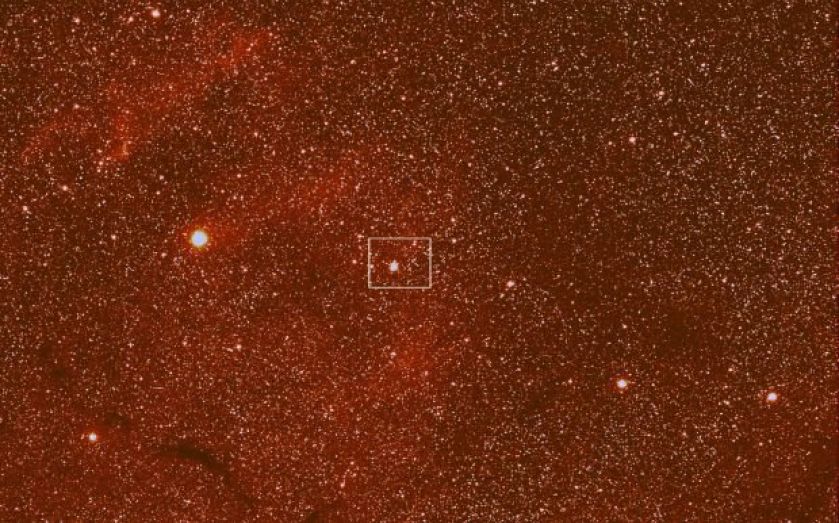| Updated:
Rosetta finds a surprise as it approaches secret-holding comet

Rosetta, the probe that cost the European Space Agency (ESA) €1bn to launch into space as part of a comet-chasing mission, has discovered more than the scientists bargained for.
Named after the code-breaking Rosetta stone, it is currently speeding towards comet 67P/Churyumov-Gerasimenko in the hope that, when it lands its probe on the surface later this year, it will be able to translate some of the secrets of the universe into explanations for the origins of life on Earth.
Because Comet 67P has spent its life travelling so far away from the sun, its composition has remained largely unchanged since the birth of our solar system 4.6 billion years ago.
Next year, however, it will begin its approach towards the sun, and in doing so will become more active and start emitting material from its surface via high-speed jet streams. By capturing and analysing dust particles from these jet streams, Rosetta will be able to communicate information back to Earth about what out solar system was like in ancient times.
Scientists will then try to use this information to try to use it to solve such conundrums as how the solar system originated, where life on Earth came from and how water ended up on our planet.
Rosetta is due to begin its rendezvous with the comet in August, but a sighting made on Friday last week has potentially thrown it a little off course: rather than being one entity, it seems that 67P is made up of two halves joined together in what is known as a “contact binary”.

Comet 67P is made of two parts joined via a binary contact (Source: ESA/Rosetta/MPS for OSIRIS Team)
The images shown are blurred because of the thousands of kilometres that still remain between Rosetta and the comet, but by smoothing them out the ESA was able to report a definite distinction between the two parts.
It is not yet understood how the comet came to be formed like this, but possible explanations include that it endured a major fracture at some point in the past and that that the two halves have completely different origins.
While this twist in the tale adds another secret for Rosetta to unlock, it could unfortunately cause a complication when it comes to landing the probe in November, since the team will now have to reassess how to land the probe, and which part of the comet to land it on.